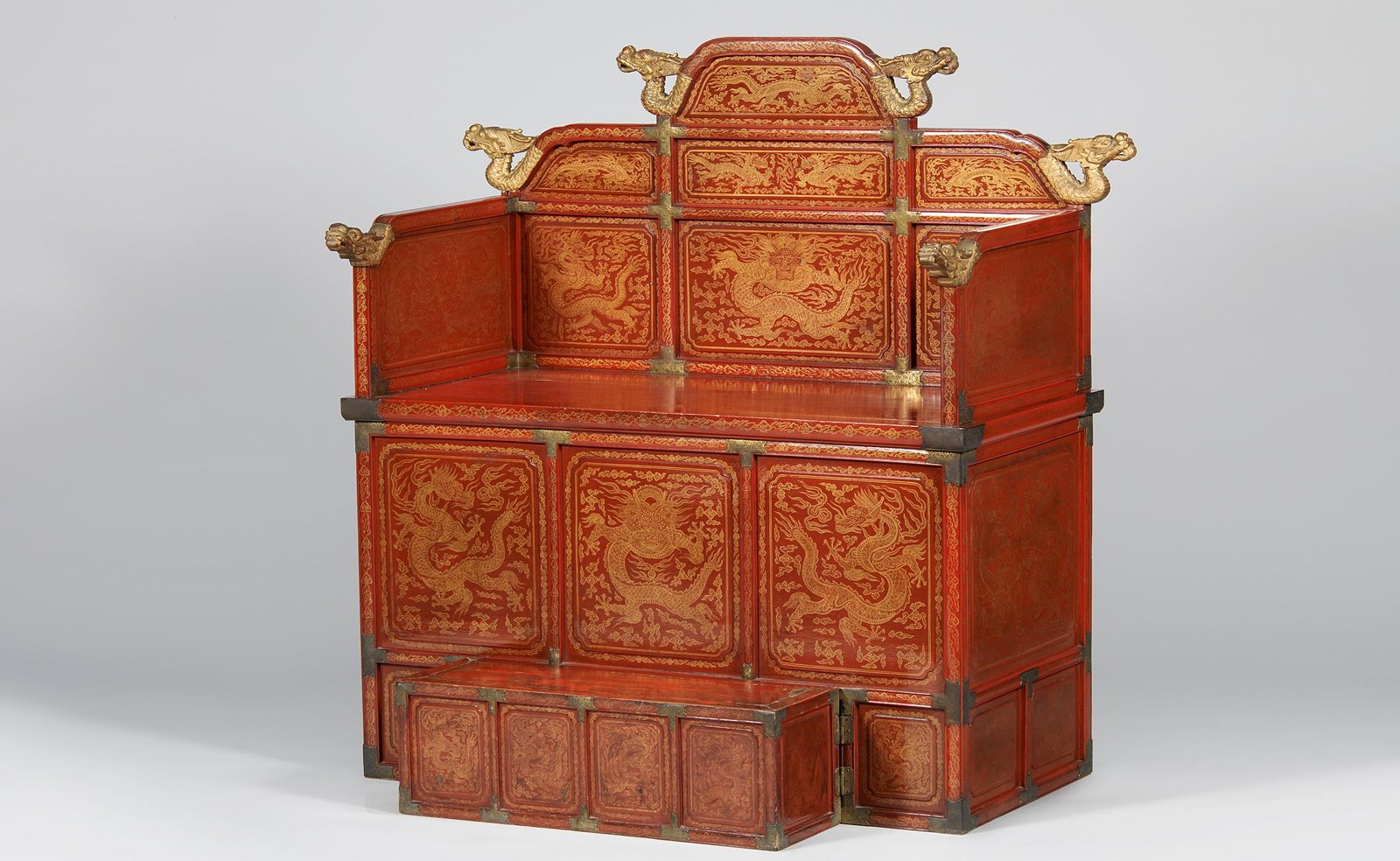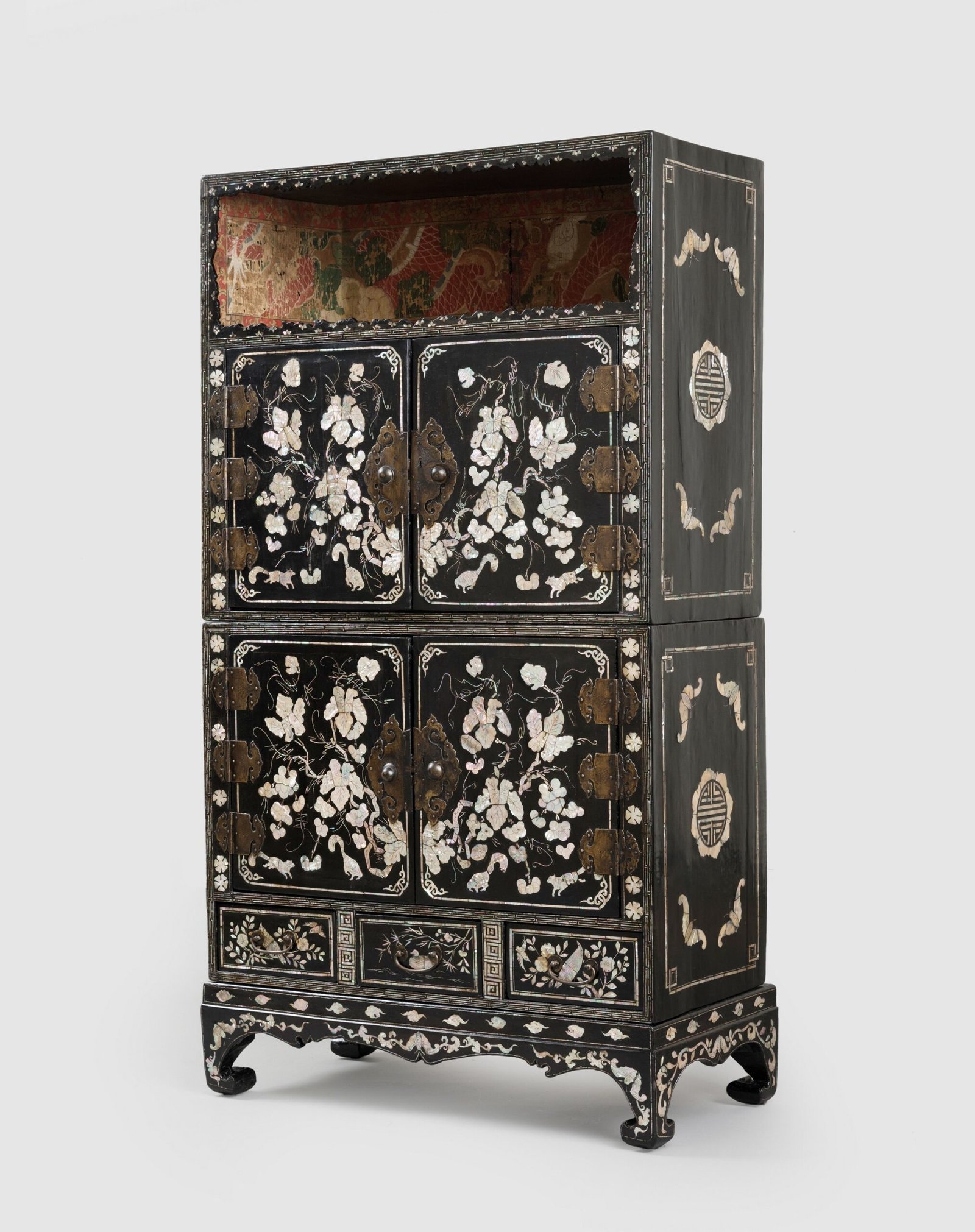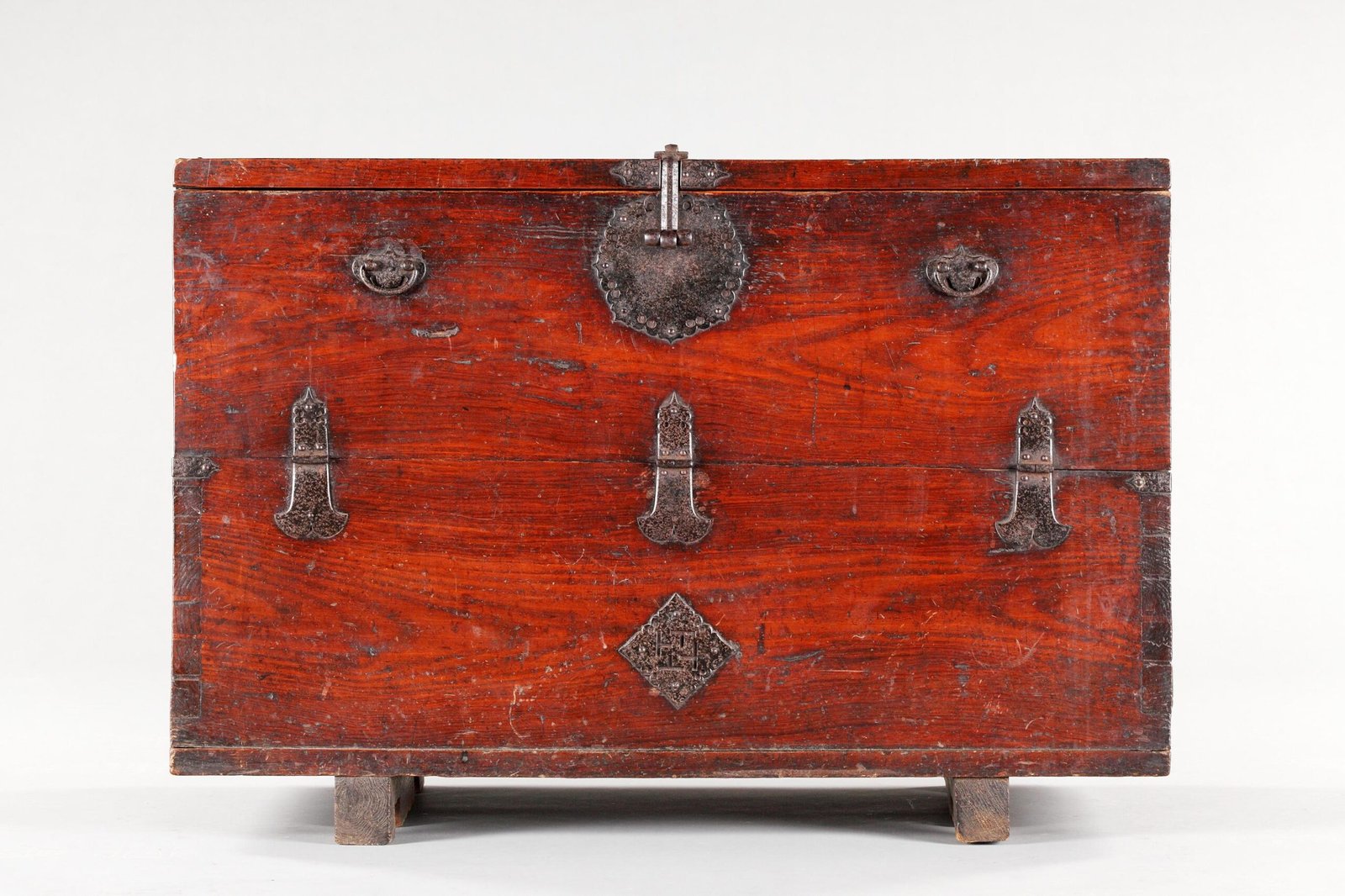Feature photo: Day bed. DATE1800s. zelkova frame, bamboo slats, brass fittings. HxWxD: 12 1/2 × 78 × 37 in. Collection: Weisman Art Museum, Minneapolis, USA If we examine the Goguryeo tomb murals depicting daily life, we can see that the Goguryeo royal family and nobles lived a seated lifestyle. There are two theories about the […]










